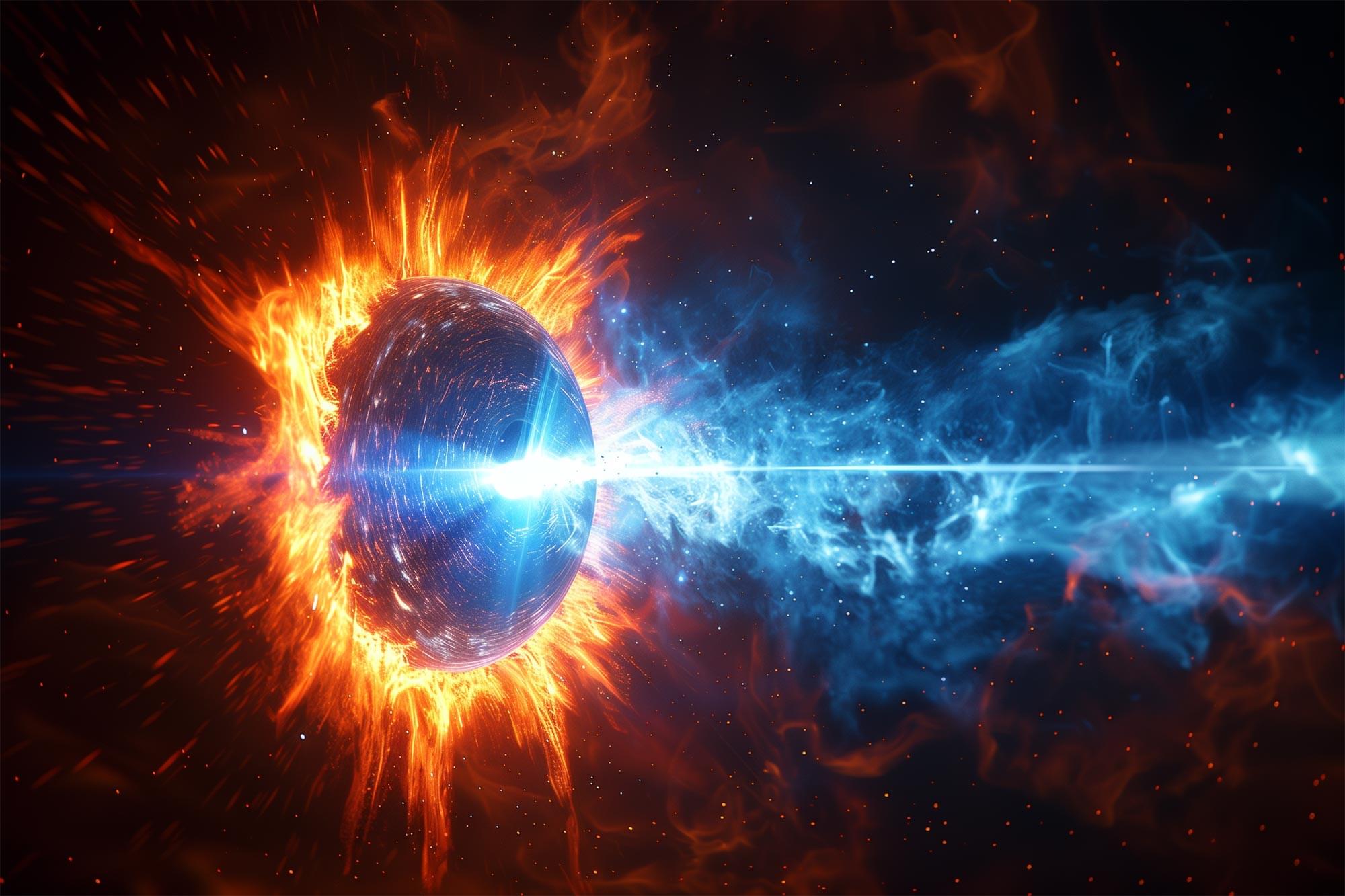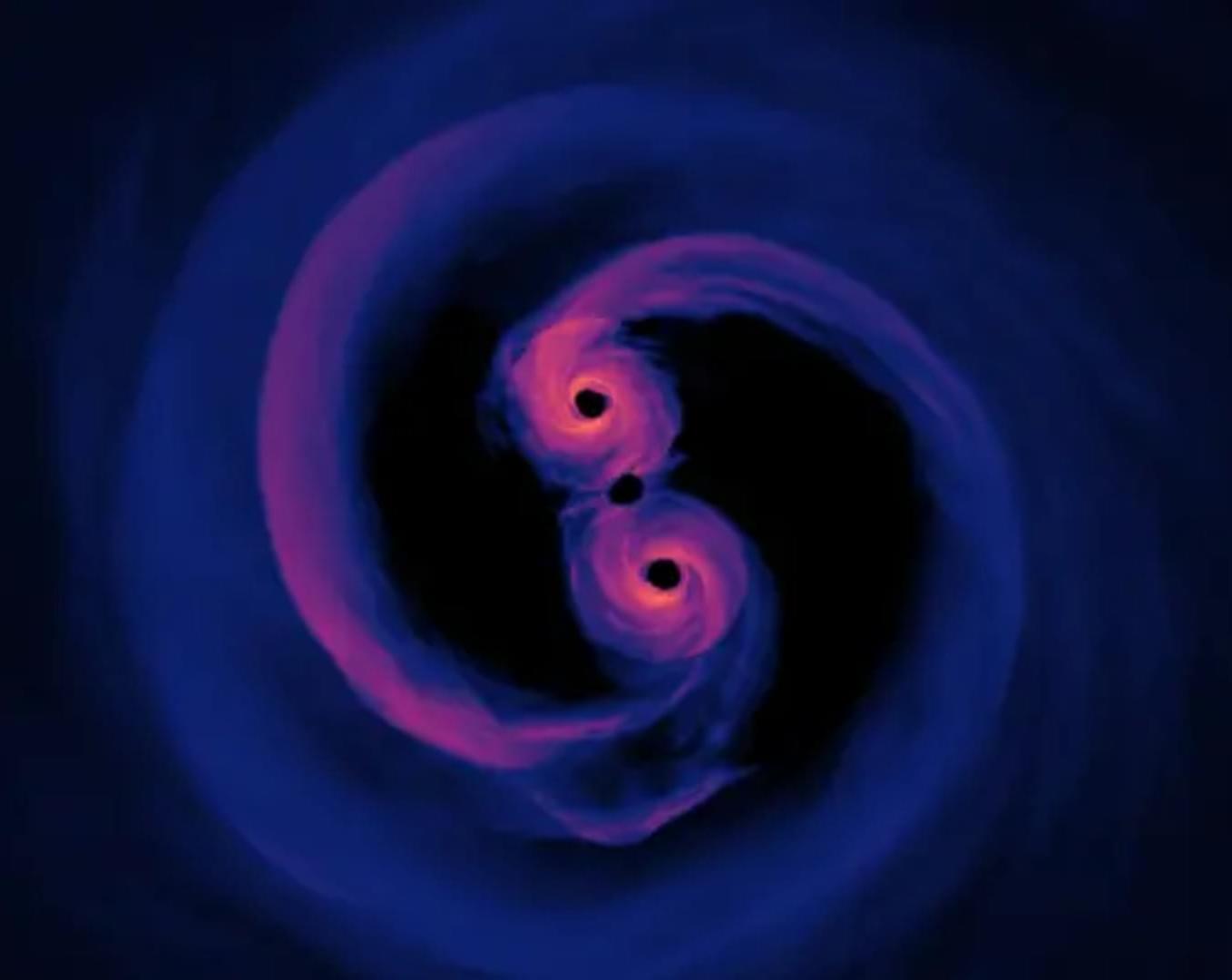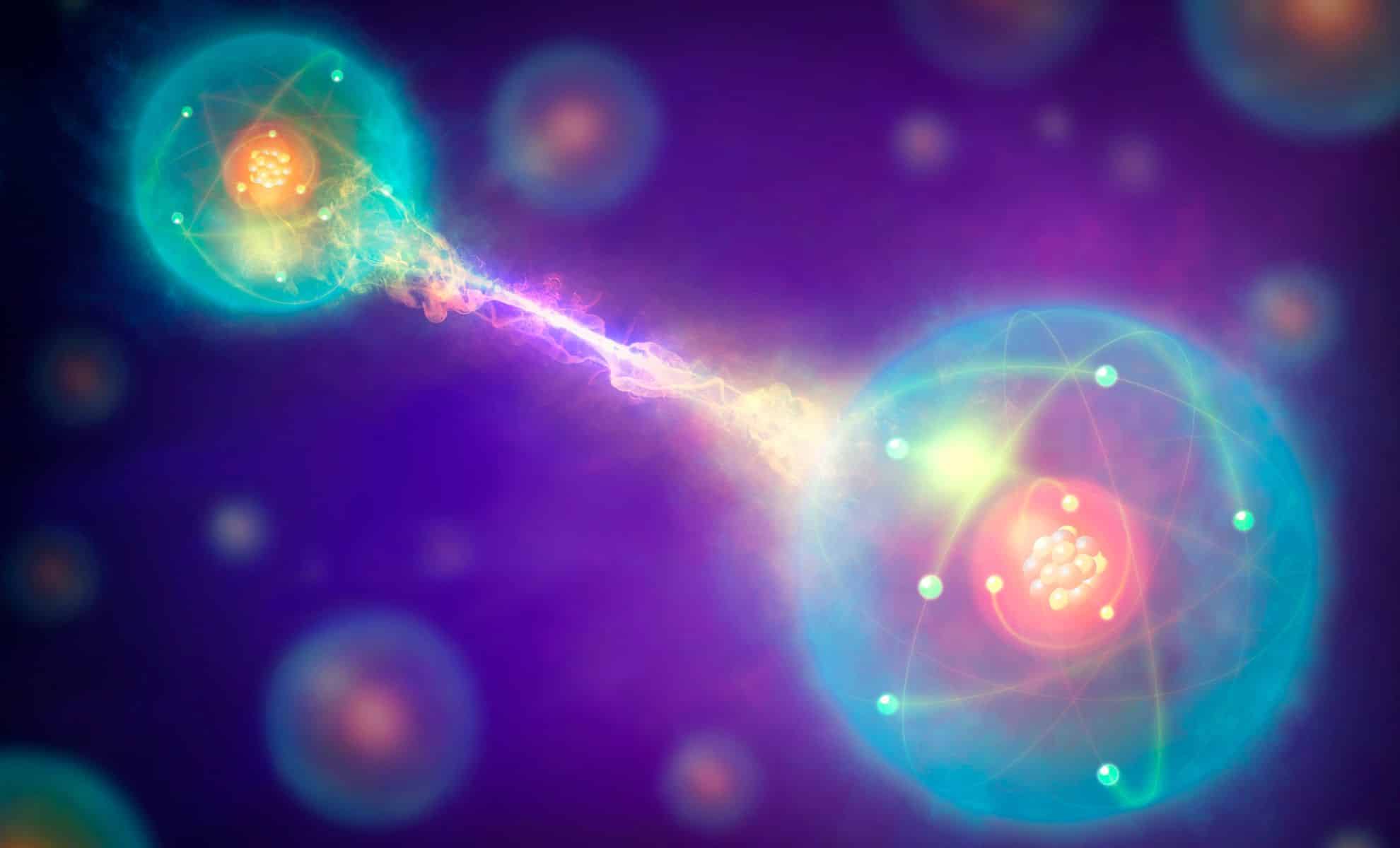Physicists propose that high-energy photon jets from collapsing stars may be secret factories of heavy elements like plutonium, challenging traditional theories and possibly explaining strange cosmic glows and metal traces in Earth’s crust. One of the biggest unanswered questions in physics is ho
Category: physics – Page 2
Leading University of Portsmouth physicist’s study indicates that gravity or gravitational force is the result of a computational process within the universe.
The NASA team behind the Nancy Grace Roman Space Telescope – due to launch in 2027 – have shared the designs for the mission’s 3 core surveys.
Roman will deepen understanding into the mysteries of astrophysics and the universe.
“Roman’s setting out to do wide, deep surveys of the universe in a way that will help us answer questions about how dark energy and dark matter govern cosmic evolution, and the demographics of worlds beyond our solar system,” says Gail Zasowski, an associate professor at the University of Utah, US, and co-chair of the Roman Observations Time Allocation Committee (ROTAC).
There are limits to where physics makes meaningful predictions: beyond the Planck length, time, or energy. Here’s why we can’t go further.
Physicists have built the first-ever lab model of a black hole bomb, a decades-old theory where spinning energy amplifies until it explodes.
On this day, April 25, in 1929, the world learned how astronomer Edwin Hubble had discovered that the universe was much larger than we had believed. On this day in 2025, you can preorder a book and on the 29th learn about this and four other Astrophysics discoveries that changed how we see the universe — and ourselves — in The Story of Astrophysics in Five Revolutions.
By Ersilia Vaudo, translated by Vanessa Di Stefano. If you use this link we get a penny or something.
He had published his seminal paper in the March issue of Astrophysical Journal but on April 25th in Proceedings of the National Academy of Sciences he published the how, and people began to think about what it meant. He had discovered that the collection of gas and dust we call Andromeda was actually another galaxy.
Criegee intermediates (CIs)—highly reactive species formed when ozone reacts with alkenes in the atmosphere—play a crucial role in generating hydroxyl radicals (the atmosphere’s “cleansing agents”) and aerosols that impact climate and air quality. The syn-CH3CHOO is particularly important among these intermediates, accounting for 25%–79% of all CIs depending on the season.
Until now, scientists have believed that syn-CH3CHOO primarily disappeared through self-decomposition. However, in a study published in Nature Chemistry, a team led by Profs. Yang Xueming, Zhang Donghui, Dong Wenrui and Fu Bina from the Dalian Institute of Chemical Physics (DICP) of the Chinese Academy of Sciences has uncovered a surprising new pathway: syn-CH3CHOO’s reaction with atmospheric water vapor is approximately 100 times faster than previously predicted by theoretical models.
Using advanced laser techniques, the researchers experimentally measured the reaction rate between syn-CH3CHOO and water vapor, and discovered the faster reaction time. To uncover the reason behind this acceleration, they constructed a high-accuracy full-dimensional (27D) potential energy surface using the fundamental invariant-neural network approach and performed full-dimensional dynamical calculations.
The Physics of Time: D-Theory of Time & Temporal Mechanics by Alex M. Vikoulov is an insightful exploration into one of the most profound mysteries of existence: the nature of time. As part of the Science and Philosophy of Information series, this book pr
After more than a century of challenge, mathematicians have made a stunning breakthrough by uniting three key theories in fluid dynamics. This groundbreaking discovery could change the future of physics – but how did they do it?
As humanity prepares to return to the moon, scientists also have ideas for huge lunar experiments that could revolutionise astrophysics









